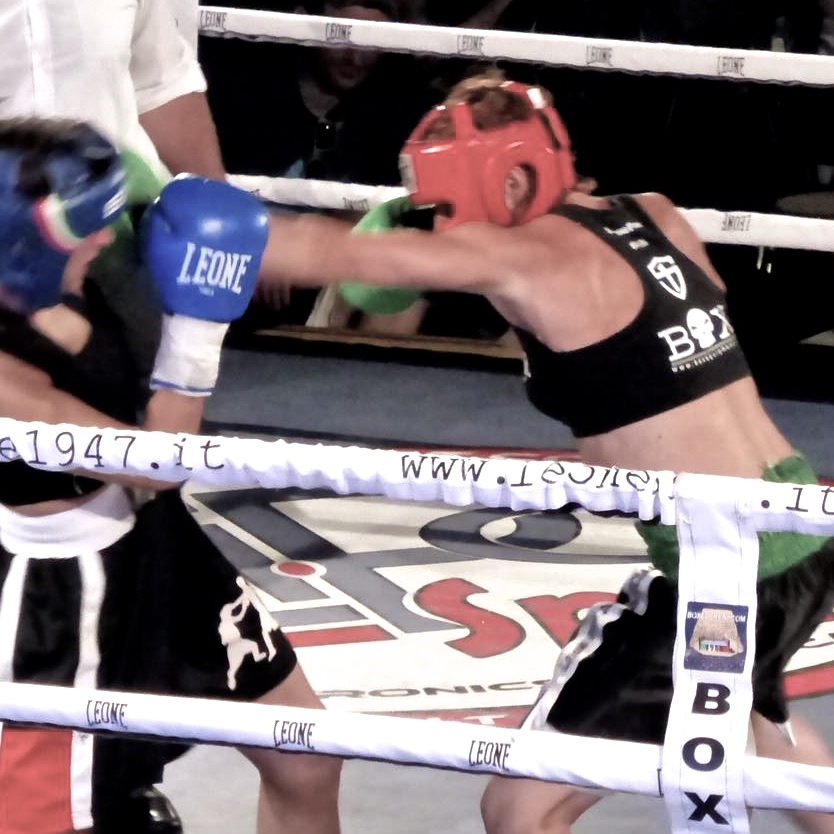hugh
Level 4 Valued Member
A lot of the old time Boxing greats have said chopping wood/ sledgehammer slams helped them generate power.
I get that boxing strike power comes from the hips, but is there any reason using a sledgehammer would be better for developing punching power over a kettlebell swing?
I also get that Sledgehammer chop/slams would work the anterior chain (serratus anterior= the 'boxer muscle'), while the kettlebell swing would work the posterior chain.
I get that boxing strike power comes from the hips, but is there any reason using a sledgehammer would be better for developing punching power over a kettlebell swing?
I also get that Sledgehammer chop/slams would work the anterior chain (serratus anterior= the 'boxer muscle'), while the kettlebell swing would work the posterior chain.

